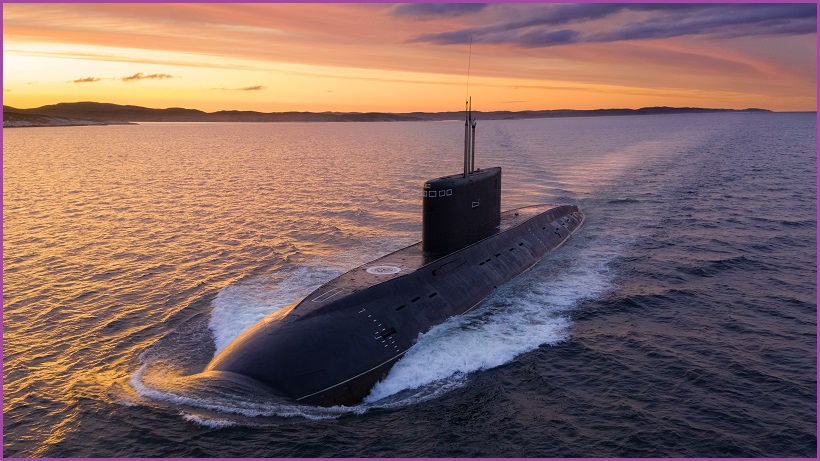A plan for Australia to purchase and build a fleet of nuclear-powered submarines is forecast to cost between $268 billion and $368 billion over the coming decades and will involve the creation of a new submarine class in Australia from the early 2040s, but where will the thousands of workers come from?
The government will buy three US Virginia-class nuclear submarines within the next ten years, Prime Minister Anthony Albanese confirmed on Monday, as the country begins development of a brand-new class of submarine called the SSN-AUKUS that he said would incorporate “cutting edge Australian, UK, and US technologies”.
“This will be an Australian sovereign capability, built by Australians, commanded by the Royal Australian Navy, and sustained by Australian workers in Australian shipyards,” Albanese said at a joint press conference with US President Joe Biden and UK Prime Minister Rishi Sunak.
In 2021, the previous government announced the tripartite AUKUS agreement to give Australia access to US nuclear submarine technology, scrapping a French deal to build 12 submarines locally in the process.
The Albanese government has followed through on that plan, with the Prime Minister saying it “unlocks a set of transformative opportunities for jobs and skills and research and innovation”.
“Opportunities that will shape and strengthen and grow Australia’s economy for decades and create around 20,000 direct jobs for Australians from many trades and specialisations,” he said.
“Engineers, scientists, technicians, submariners, administrators and tradespeople – good jobs with good wages.”
Given the long-term skills gap Australia has been facing across industries – which the government campaigned on closing – the natural question being asked of the government is where exactly the workers for these submarines will come from.
Defense Industry Minister Pat Conroy told journalists on Tuesday morning that there will be a $6 billion spend over the next four years “investing in the Australian industry and workforce”, including the establishment of a “skills academy” that will “train hundreds of apprentices each year”.
“An apprentice who starts on this project today could work their entire career building these submarines for Australia, which is a tremendous opportunity,” Conroy said.
“We’ll upskill workers in adjacent industry industries. Furthermore, hundreds if not thousands of Australian workers will work overseas in US and UK shipyards helping them build their submarines and bringing back valuable skills and experience to help with our build.”
South Australia will be home to the shipyards where the future submarines are to be built, with construction on those shipyards to begin this year.
Premier Peter Malinauskas called the arrangement “a big deal” that will see “almost three times as many workers that were working at Holden when it closed down” set to work on the shipyards.
But he was also conscious of the need to find the workers to complete the defence project, talking up the state’s recent commitment to five new technical colleges, and its support of the amalgamation of two of the state’s universities.
Malinauskas called the submarine program an “opportunity to dramatically uplift the skills base” in South Australia.










